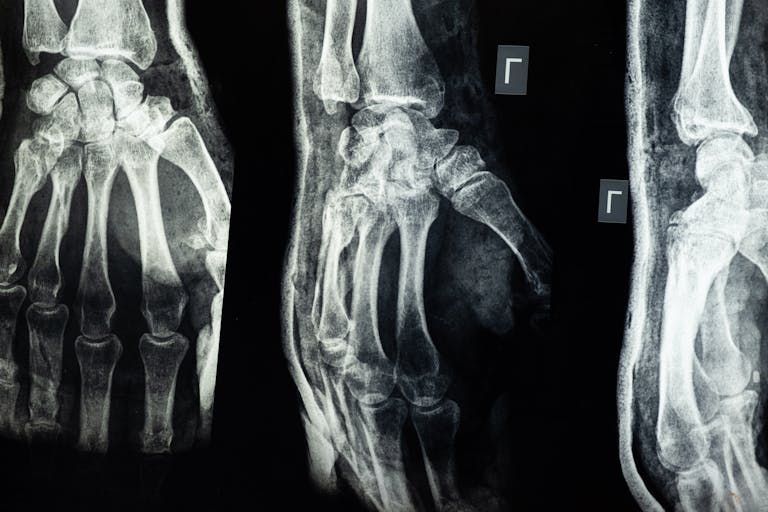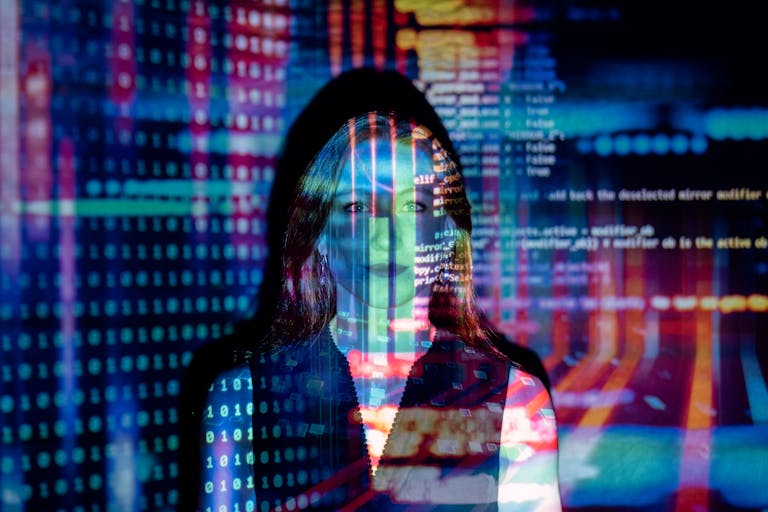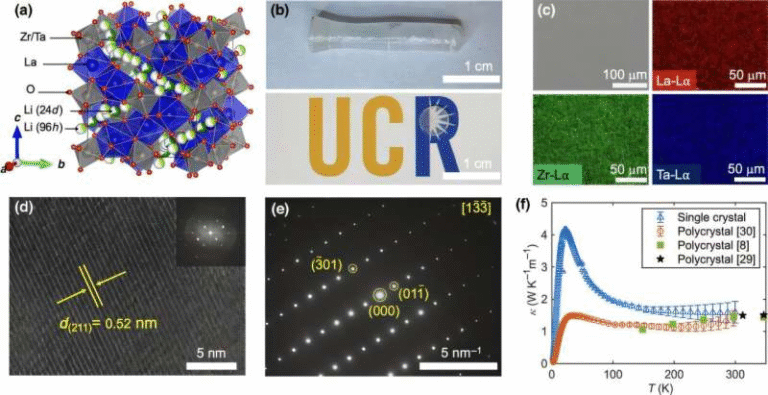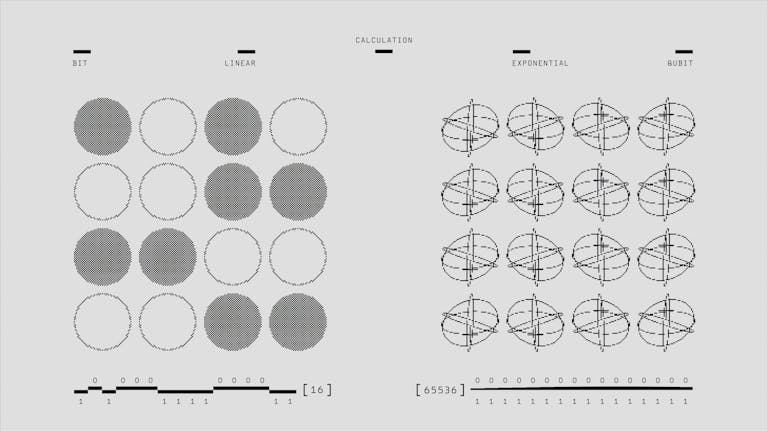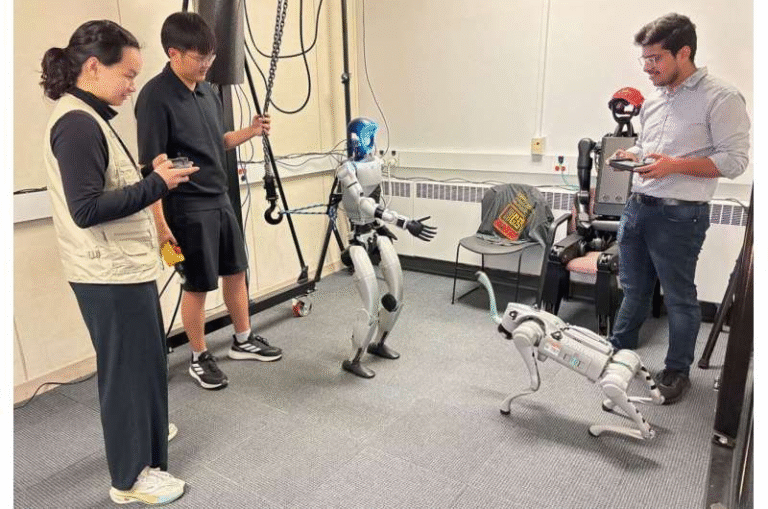Engineers Successfully Transmit Quantum Internet Signals Over Commercial Fiber
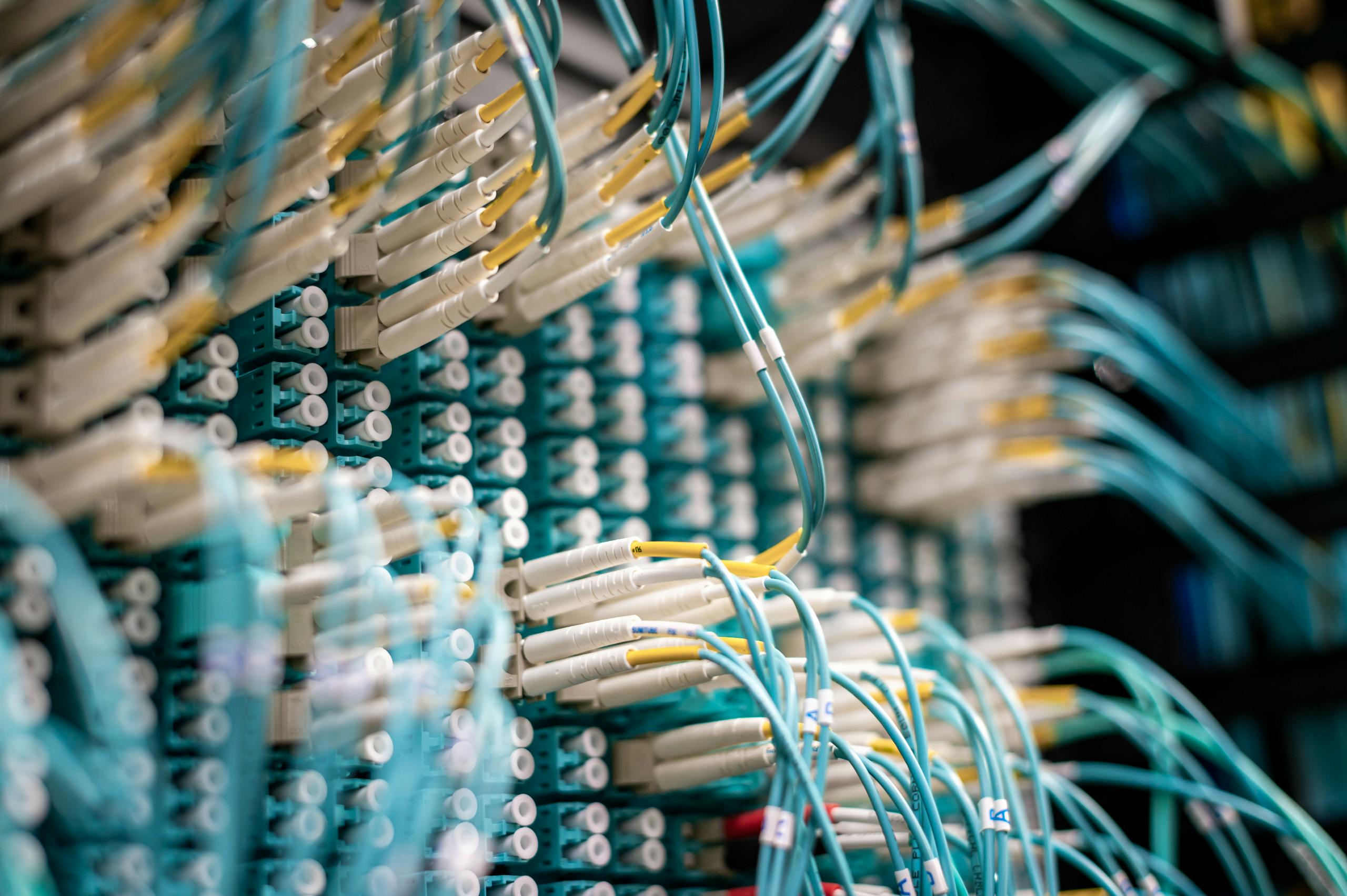
Researchers at the University of Pennsylvania have taken a major step toward a practical quantum internet by showing that fragile quantum signals can travel across commercial fiber-optic networks using the same Internet Protocol (IP) that powers today’s web.
This experiment, carried out on Verizon’s live campus fiber network, marks the first time such a system has been demonstrated outside a laboratory environment. At the heart of the breakthrough is a new integrated photonics device known as the Q-Chip.
The team’s results were published in Science under the title “Classical-decisive quantum internet by integrated photonics”, and they open the door to scalable, city-wide quantum networking that works on existing infrastructure.
The Q-Chip: Bridging Classical and Quantum Worlds
The Q-Chip (short for Quantum-Classical Hybrid Internet by Photonics) is a silicon-based device that coordinates classical optical signals and quantum signals at the same time. What makes it unique is its ability to handle quantum information in full compatibility with today’s networking protocols.
Normally, transmitting quantum data requires isolated fiber lines, highly stable conditions, or expensive setups that don’t mix with everyday internet traffic. But this new chip makes it possible to embed quantum data into standard internet packets—the same format used when you stream a video, check your email, or send a file.
The team tested the chip by transmitting quantum signals along 1 kilometer of Verizon fiber between two buildings. Despite being exposed to the noise, vibrations, and temperature fluctuations that naturally occur in real-world telecom infrastructure, the system achieved a transmission fidelity above 97%. That level of stability has rarely been achieved outside carefully controlled labs.
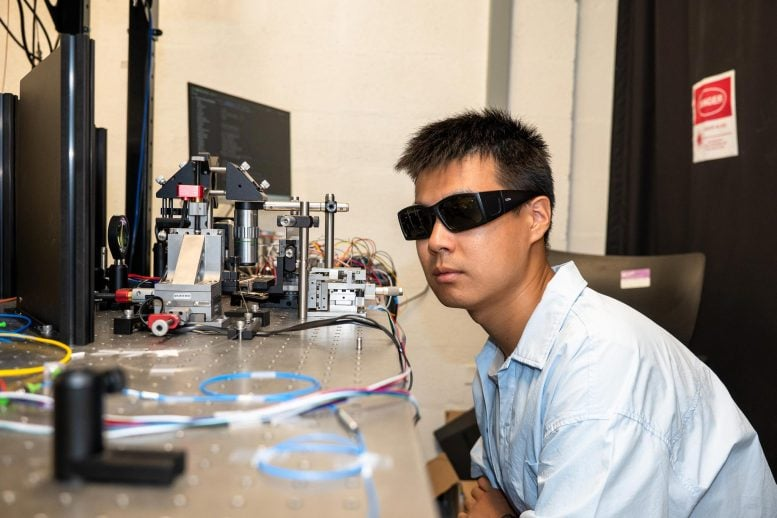
How It Works: Classical Headers and Quantum Cargo
The challenge of quantum networking is that measuring quantum particles destroys their delicate state. Traditional networks guide data by reading and redirecting signals as they pass through routers and switches, but that process would collapse quantum information.
The Q-Chip solves this by attaching a classical light header just ahead of the quantum signal. Think of it as a train: the classical header is the engine, while the quantum signal rides in sealed containers behind it. You can check and measure the engine without disturbing the cargo.
This trick allows standard IP systems to handle the routing, addressing, and error correction, while the quantum signal remains untouched. In practice, the classical header gives engineers a way to monitor and correct disturbances in the fiber line—since whatever affects the header will also affect the quantum payload. That information is then used to adjust the quantum data without measuring it directly.
Real-World Noise and Error Correction
Laboratory experiments typically shield fiber lines from disturbances, but real networks face constant changes. Temperature shifts due to weather, vibrations from construction or traffic, and even minor seismic activity all introduce noise.
The Penn team developed an on-chip error correction system that uses the classical header as a reference point. Because disturbances affect both signals in the same way, the classical measurement can be used to infer what happened to the quantum particle. The correction is then applied without collapsing the quantum state.
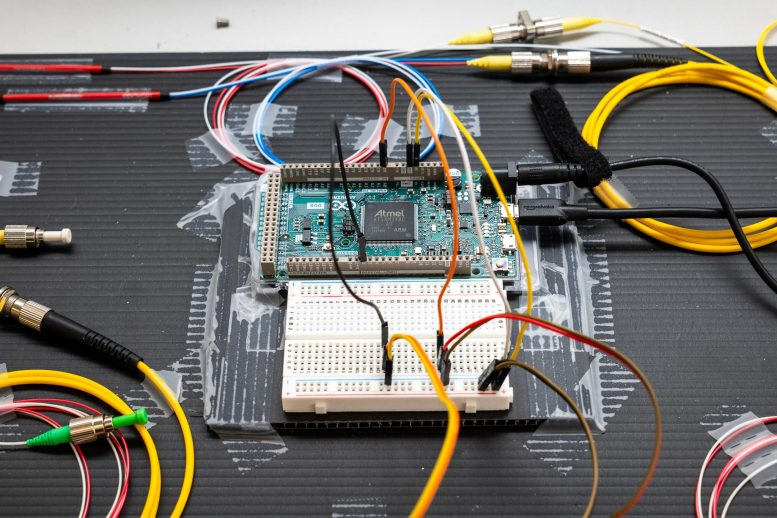
This approach enabled the network to sustain fidelity rates over 97%—a remarkable figure considering the complexity of transmitting quantum data through unmodified, commercial fiber.
Scaling Potential: From One Node to a Network
In the experiment, the researchers linked a server and a node located in separate campus buildings with about one kilometer of Verizon fiber between them. The fact that this worked using existing infrastructure is key. To expand the system, one would only need to fabricate more Q-Chips and attach them to fiber already installed in a city like Philadelphia.
The chip itself is made of silicon and can be fabricated using standard semiconductor photonics manufacturing processes. This means it could be mass-produced at scale, just like computer processors or memory chips.
Limitations and Future Challenges
Despite the breakthrough, there are still barriers to building a wide-area quantum internet:
- No amplification of quantum signals: Classical signals can be amplified over long distances, but quantum signals cannot be copied or boosted without losing their entanglement. This severely limits how far quantum data can travel without additional devices such as quantum repeaters, which remain under development.
- Long-distance repeaters: To move beyond metropolitan networks, new technologies will be needed to transmit entangled particles over hundreds or thousands of kilometers.
- Single-link demonstration: The Penn experiment used just one server and one node. Scaling this to many nodes across a city, and eventually between cities, will require additional advances in synchronization, stability, and hardware integration.
Still, showing that quantum signals can be carried using today’s internet protocols is a game-changer. It provides a scalable deployment pathway where quantum nodes could gradually be added to existing networks rather than requiring entirely new infrastructure.
Why a Quantum Internet Matters
A quantum internet would be fundamentally different from today’s web. Instead of transmitting just classical bits (0s and 1s), it could transmit quantum bits (qubits) that harness the phenomena of superposition and entanglement.
Entangled particles are so strongly connected that changing one instantly affects the other, no matter the distance. This could enable:
- Ultra-secure communication through quantum key distribution (QKD), where any attempt to intercept the signal is immediately detectable.
- Networking of quantum computers, allowing them to share processing power and tackle problems that even the fastest supercomputers cannot handle.
- Breakthroughs in science and medicine, such as simulating complex molecules for drug discovery or modeling new materials.
The potential impact is often compared to the early internet of the 1990s—when connecting university networks seemed like a small step, but eventually led to global transformation.
The Broader Field of Quantum Communication
While Penn’s Q-Chip work is groundbreaking, it fits into a broader global race to build practical quantum communication systems.
- China has led large-scale quantum communication experiments, including the Micius satellite, which has transmitted entangled photons over distances of more than 1,000 kilometers.
- Europe and the United States are both funding quantum networking projects, aiming to establish secure quantum links between major research institutions and, eventually, between cities.
- Some companies and research groups have already demonstrated quantum key distribution over existing fiber lines, but those systems typically rely on weak coherent light and random number generation. They are excellent for security but not enough to link full quantum processors.
Penn’s contribution is showing that quantum information can be embedded into standard IP frameworks and coexist with ordinary internet traffic—a major leap for real-world compatibility.
Understanding Entanglement and Superposition
Since this research leans on quantum mechanics, it’s worth briefly unpacking two important concepts:
- Superposition: A qubit can exist in multiple states at once, unlike a classical bit which is either 0 or 1. This allows quantum systems to process far more possibilities simultaneously.
- Entanglement: Two particles can become entangled in such a way that their states are linked, even if separated by vast distances. Measuring one instantly defines the state of the other.
These properties are what give quantum communication its unique advantages, but they also make it fragile. Measuring or disturbing a quantum particle collapses its state, which is why clever engineering like Penn’s classical header approach is so crucial.
Funding and Collaboration
The study was supported by several organizations, reflecting the importance of quantum research for science and national security:
- Gordon and Betty Moore Foundation (GBMF12960)
- Office of Naval Research (N00014-23-1-2882)
- National Science Foundation (DMR-2323468)
- Olga and Alberico Pompa endowed professorship
- PSC-CUNY award (ENHC-54-93)
This kind of support highlights both the scientific promise and the strategic importance of building future-ready communication systems.
Final Thoughts
The University of Pennsylvania team’s demonstration is a landmark experiment in the development of a quantum internet. By proving that quantum data can ride alongside classical traffic over commercial fiber using Internet Protocol, the Q-Chip provides a scalable model for future networks.
While challenges like long-distance transmission remain, the approach offers a clear path forward: integrating quantum networking into the systems we already use. Much like the early classical internet, this could be the beginning of something world-changing.
Reference: “Classical-decisive quantum internet by integrated photonics” – Science (2025)
